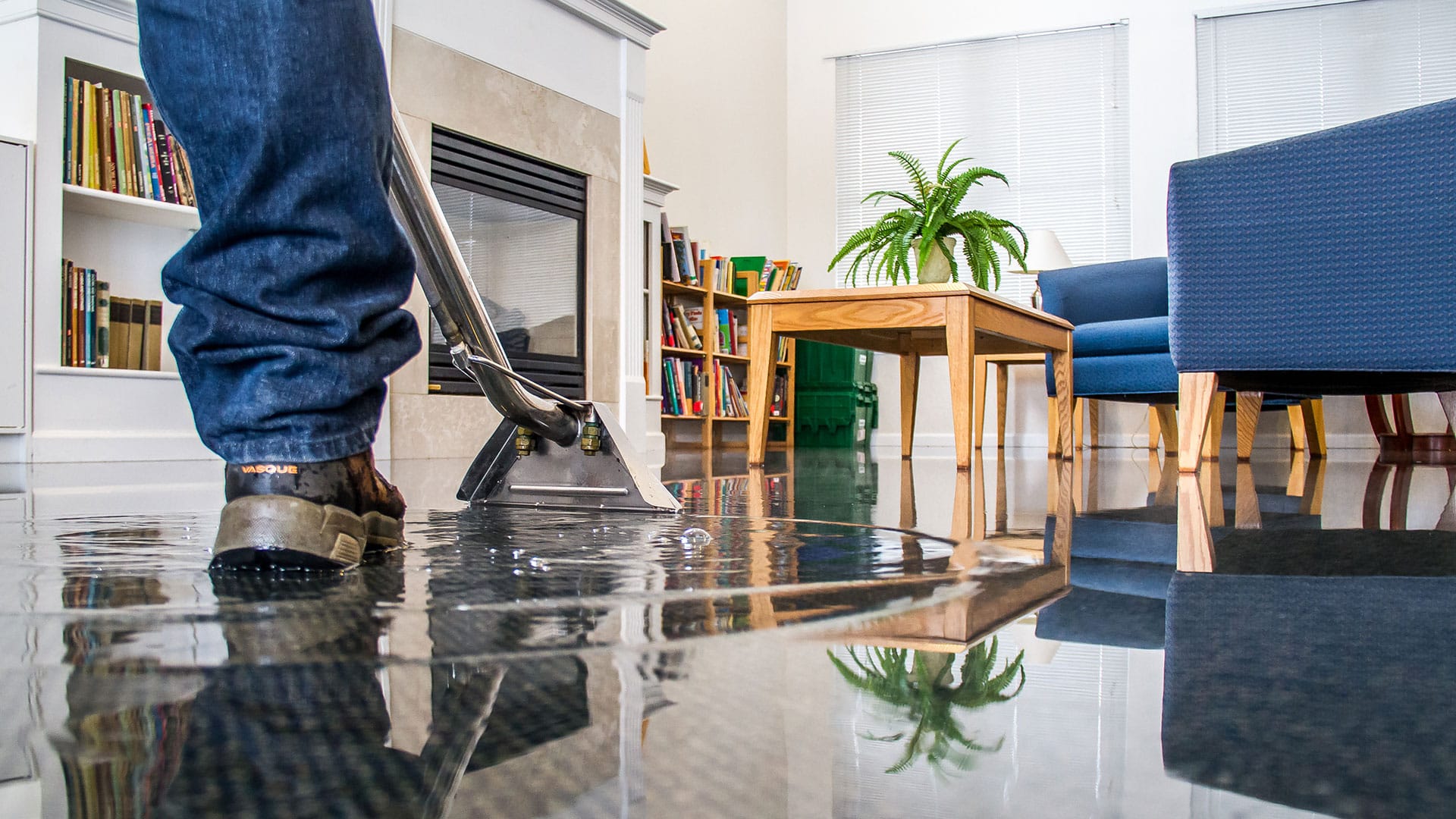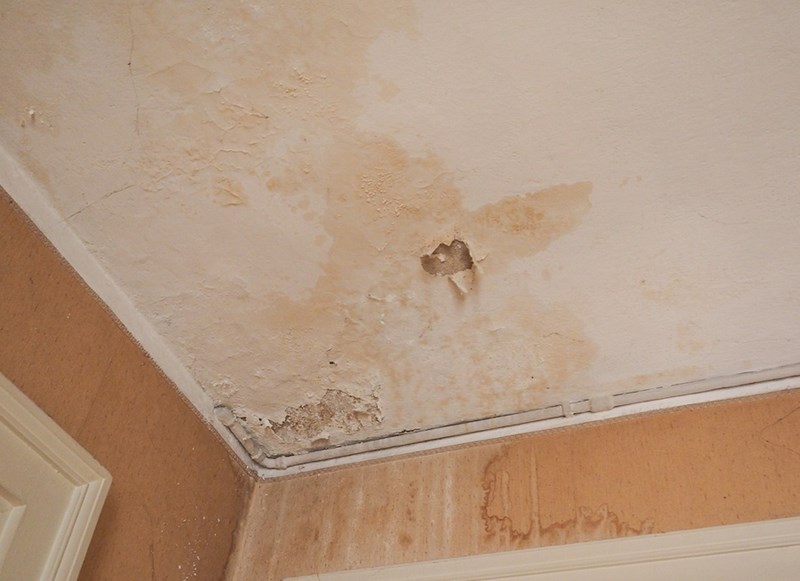The Process of Water Damages Clean-up: Guaranteeing Your Home Is Restored Efficiently
Water damage can be a difficult challenge for homeowners, necessitating a organized and careful cleaning procedure to recover safety and security and capability. An extensive assessment is vital to identify the extent of the damages and determine the proper removal procedures. Following this, effective water removal methods play a critical duty in mitigating more damage. Nevertheless, the subtleties of drying, disinfecting, and eventual restoration are equally crucial and commonly forgotten. Recognizing these phases can make a substantial distinction in the end result of your home's remediation, motivating a closer appearance at what each step involves.
Analyzing the Damages
Upon discovering water damage, the first step is to extensively examine the level of the effect. This initial evaluation is crucial, as it helps establish the needed actions for efficient cleaning and remediation. Begin by evaluating the influenced areas, including wall surfaces, ceilings, floorings, and individual valuables, to recognize the source of the water invasion, whether from flooding, leakages, or condensation.
Documenting the damages is essential for both insurance coverage cases and preparing repair initiatives - damage restoration services. Use photos and written notes to catch the intensity of the damages, keeping in mind any kind of affected architectural elements and materials. Pay unique interest to areas that may not be immediately visible, such as behind walls and under carpets, as concealed wetness can bring about more complications, including mold growth
Furthermore, assess the timeline of the water exposure. Inevitably, a thorough assessment lays the foundation for a successful water damage cleaning procedure, making sure that all affected locations are addressed successfully and completely.
Water Removal Methods

Experts normally utilize submersible pumps for bigger quantities of water, which can promptly ease flooding in cellars or various other impacted locations. For smaller sized quantities, wet/dry vacuums are usually made use of to draw out recurring wetness from carpets and tough surface areas. Additionally, making use of mobile extractors permits targeted removal in constrained spaces or areas with fragile products.
In instances of contaminated water, such as sewer or floodwater, progressed extraction techniques might include using biohazard devices to make sure safety and security and conformity with health laws. High-powered removal tools are vital in minimizing water retention in structural materials, which can result in mold growth and architectural wear and tear if not addressed without delay.
Ultimately, the efficiency of water extraction strategies plays a pivotal role in the total success of the water damages cleaning process, laying the groundwork for subsequent repair efforts.
Drying and Dehumidification
Once standing water has actually been properly extracted, the next vital phase in the water damage cleaning process is drying out and dehumidification. This action is important to avoid more damage and mold growth, which can occur within 24 to two days in damp settings.
To attain effective drying, specialized tools such as industrial-grade air moving companies and dehumidifiers is utilized. Air moving companies flow air throughout wet surface areas, boosting evaporation prices, while dehumidifiers decrease moisture levels airborne, advertising a favorable environment for drying. The mix of these devices guarantees that dampness is extracted from wall surfaces, home furnishings, and floors, allowing them to original site completely dry extensively.
It read this article is necessary to keep track of the drying procedure carefully. Professionals frequently utilize wetness meters to assess the moisture material in various materials, making certain that all impacted areas reach acceptable dryness degrees. This meticulous approach helps to protect against surprise moisture pockets that might cause architectural damage or unhealthy mold development.

Cleaning and Disinfecting
After the drying out and dehumidification phase is total, the next vital action in water damage cleanup is cleaning up and disinfecting the impacted areas. This procedure is crucial to avoid the growth of mold and mildew, microorganisms, and other pathogens that thrive in wet environments.
The cleansing stage generally involves getting rid of any kind of particles, dirt, and contaminants from surfaces making use of specialized cleaning up representatives. For difficult surfaces, a mix of soap and water or business cleansing products is commonly utilized. Soft materials, such as upholstery and carpetings, may call for more extensive cleansing methods, consisting of steam cleaning or deep extraction techniques, to ensure complete hygiene.

Disinfecting complies with cleansing, using EPA-approved disinfectants to eliminate harmful bacteria. This step is essential, particularly in areas that might have come right into call with floodwaters or sewage, as these sources can position major health and wellness dangers.
In addition, it is important to deal with any type of staying odors, which might call for the usage of smell neutralizers or advanced techniques like ozone therapy. Correct cleansing and sterilizing not only restore the safety and hygiene of your home however likewise lay the foundation for successful remediation and repair services in subsequent stages of the water damage cleaning process.
Remediation and Fixings

Once the assessment is complete, restoration initiatives can start. Additionally, flooring may need comparable attention, depending on the level of water exposure.
It is important to involve knowledgeable restoration specialists during this procedure, as they possess the know-how to manage complex repair work successfully. They can aid alleviate possible future problems, such as mold growth or architectural instability, therefore guaranteeing a secure and habitable living setting. Eventually, effective restoration and fixings restore the home's honesty and boost its general worth.
Final Thought
Finally, the procedure of water damages cleanup is vital for restoring a home to its pre-damage problem. Each phase, from examining the damages to implementing reliable water extraction strategies, complied with by extensive drying out, disinfecting, and needed repairs, plays a necessary function in making sure security and conformity with building standards. Efficient execution of these steps not just mitigates immediate damage but additionally enhances the long-term integrity and value of the property.
Water damages can be a complicated obstacle for property owners, requiring a organized and careful cleaning process what is water mitigation to restore security and performance. Eventually, a detailed evaluation lays the groundwork for an effective water damage cleanup process, ensuring that all influenced areas are dealt with efficiently and extensively.
Effective water removal strategies are crucial in minimizing damages and preventing more problems adhering to a water invasion occasion.In final thought, the procedure of water damage cleaning is crucial for bring back a home to its pre-damage condition. Each phase, from assessing the damage to executing effective water removal techniques, complied with by thorough drying, sterilizing, and necessary fixings, plays a vital duty in ensuring safety and compliance with building standards.
Comments on “Professional Water Damage Restoration for Homes and Businesses Near You”